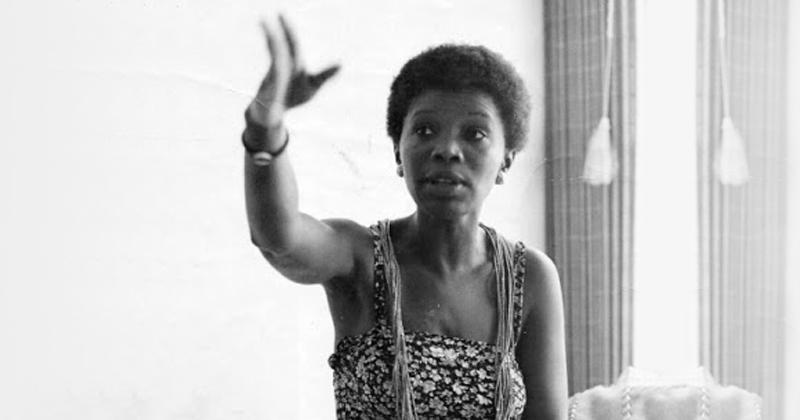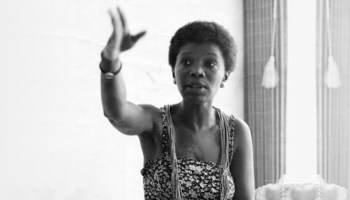
Beatriz Nascimento was a key figure in Brazil’s “Movimento Negro,” or widely know as “The Black Movement of Brazil.” Through her studies, Nascimento raised awareness of “Quilombos,” settlements that housed and even served as sanctuaries for Afro-Brazilians like herself.
Nascimento was born on this day in 1942 as one of 10 siblings. The family was raised in the Cordovil neighborhood of Rio de Janeiro. In 1971, Nascimento graduated from the Federal University of Rio de Janeiro with a degree in history, which became the hallmark of her academic career and activism.
While at university, Nascimento became involved in “Movimento Negro,” and worked as an intern for the country’s national archives while studying at Fluminense Federal University. She married Jose do Rosario Freitas Gomes and the pair had a daughter. It was during this period that Nascimento began looking into Quilombos, which loosely translates into “camp site” or “slave hut,” which have long existed in Brazil as havens of African culture and preservation,
Nascimento famously noted in her research that the settlements were far more than havens for Afro-Brazilians but that they were “autonomous spaces of Black liberation.”
As her profile rose, so did Nascimento’s distaste for the racism of the Brazilian Academy of the Sciences. She began a long career as an outspoken advocate for non-Anglo women across the African diaspora. In 1989, the documentary Ori focused on Nascimento, the movement and the importance of women within in it.
Nascimento’s life was tragically ended in 1995 ]when she was murdered by a man who suspected Nascimento of telling his wife to leave him. She is remembered in academic circles as one of the first prominent Afro-Brazilian women to speak on the history of Black people in the South American nation.
PHOTO: Fair Use
READ MORE STORIES ON BLACKAMERICAWEB.COM:
GET THE HOTTEST STORIES STRAIGHT TO YOUR INBOX:
Little Known Black History Facts: Beatriz Nascimento was originally published on blackamericaweb.com
















